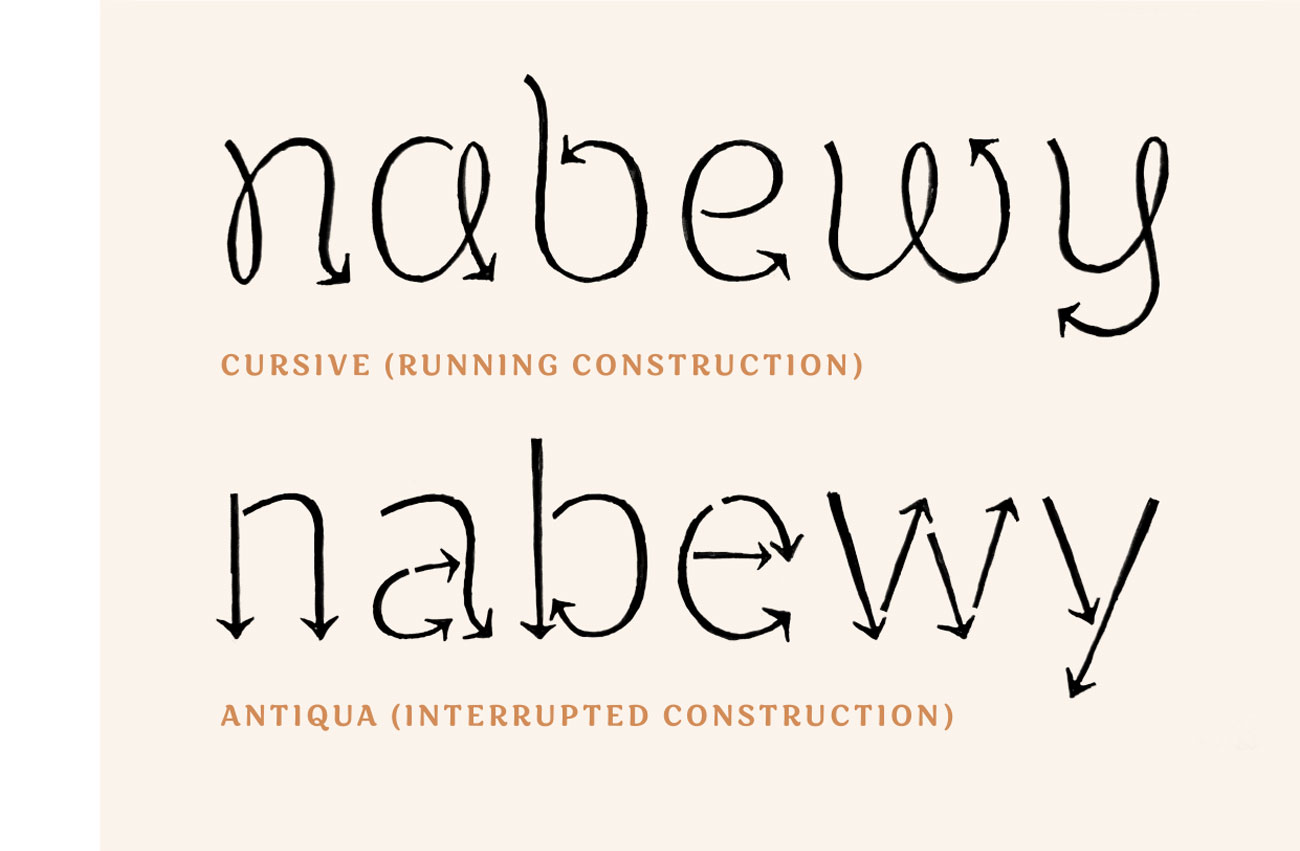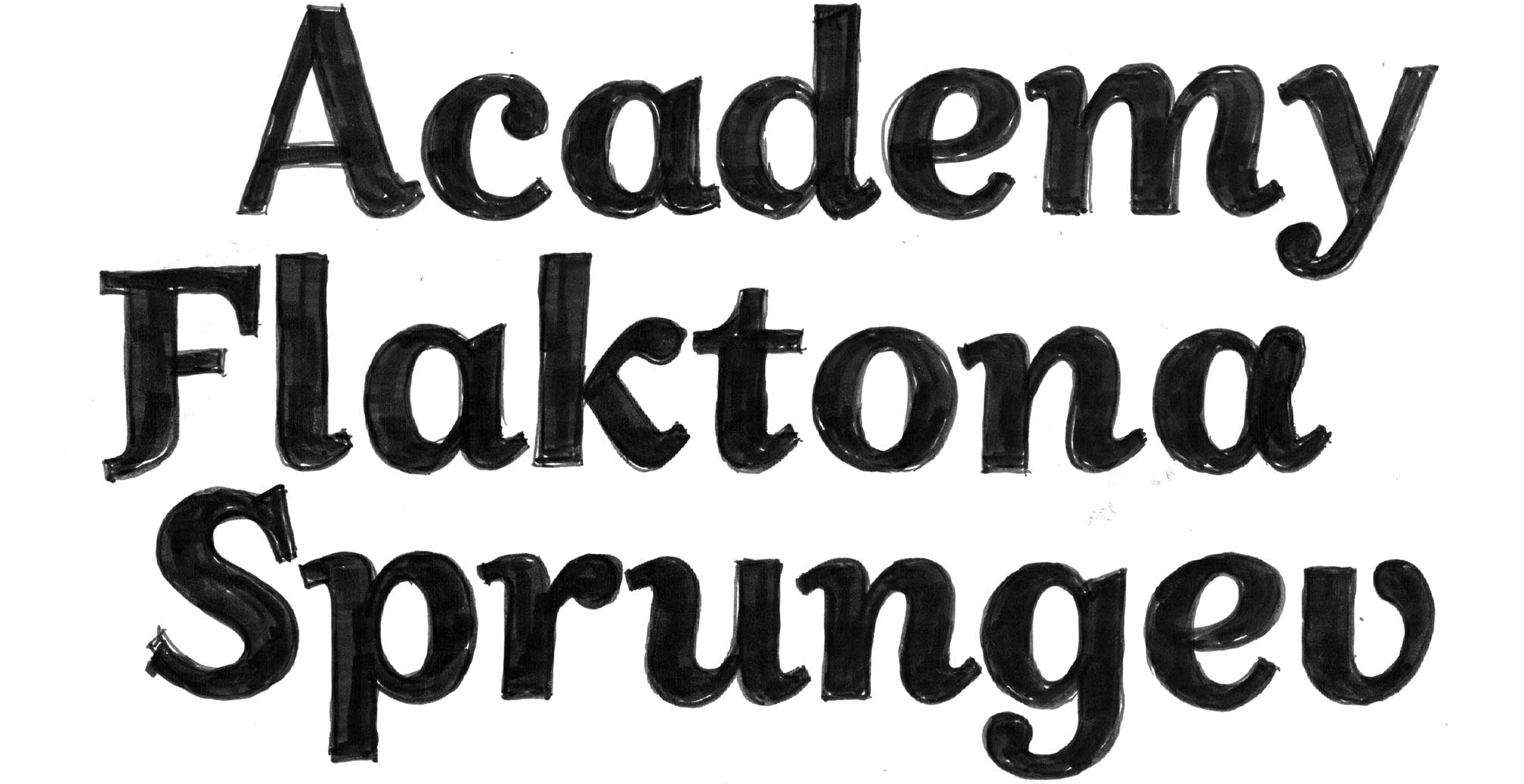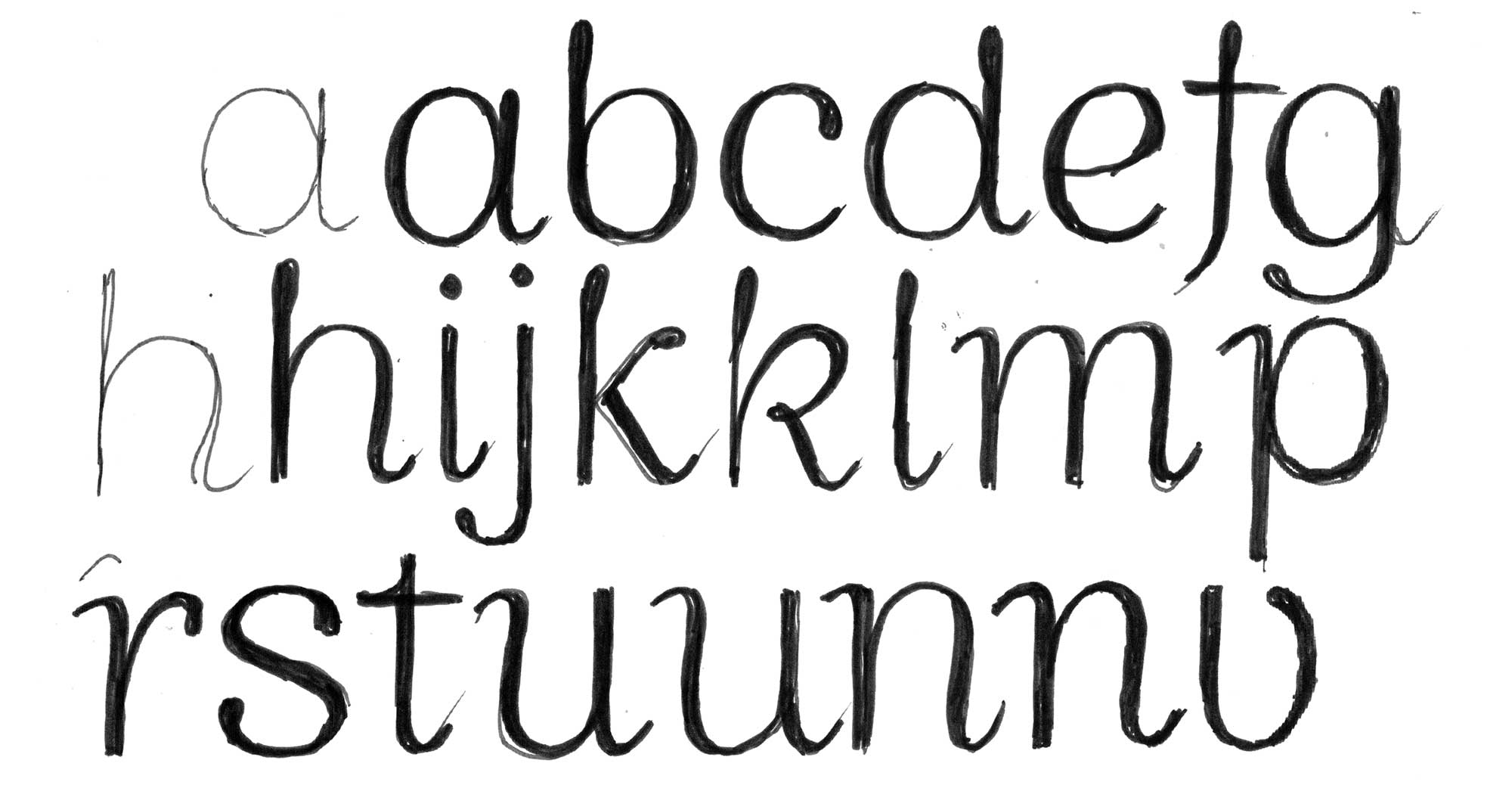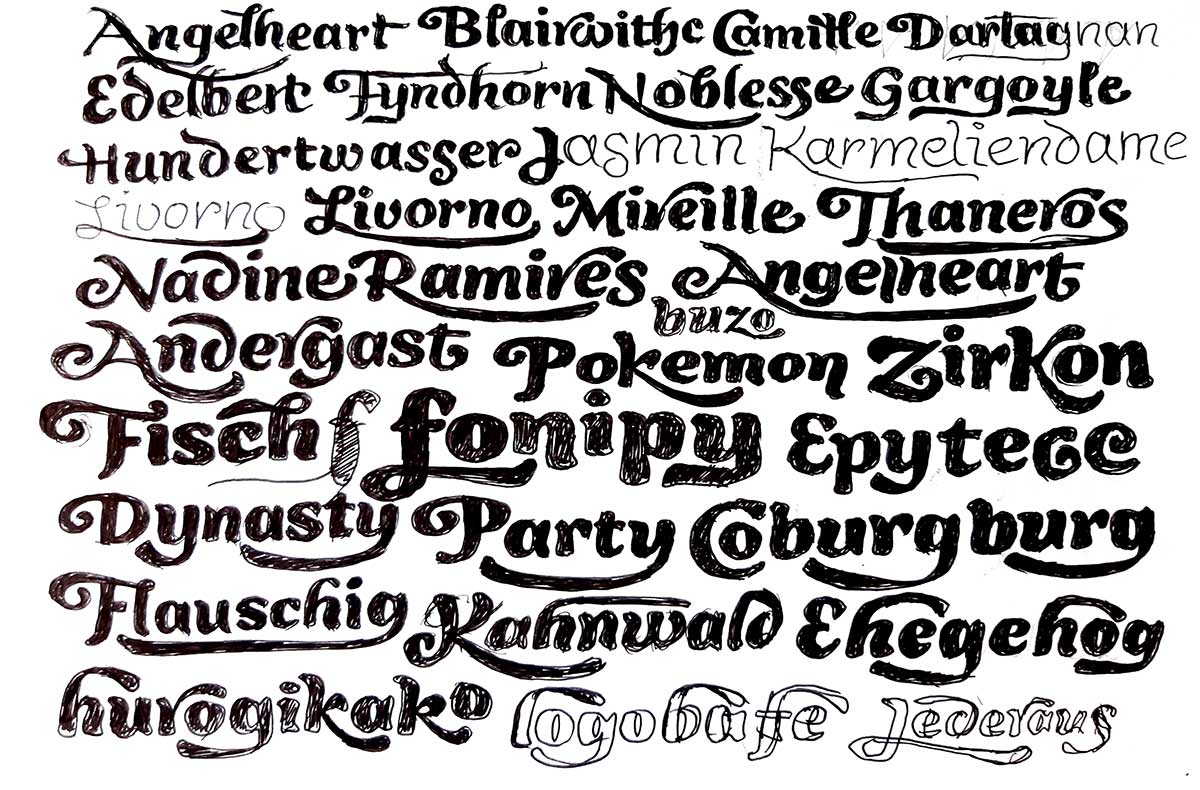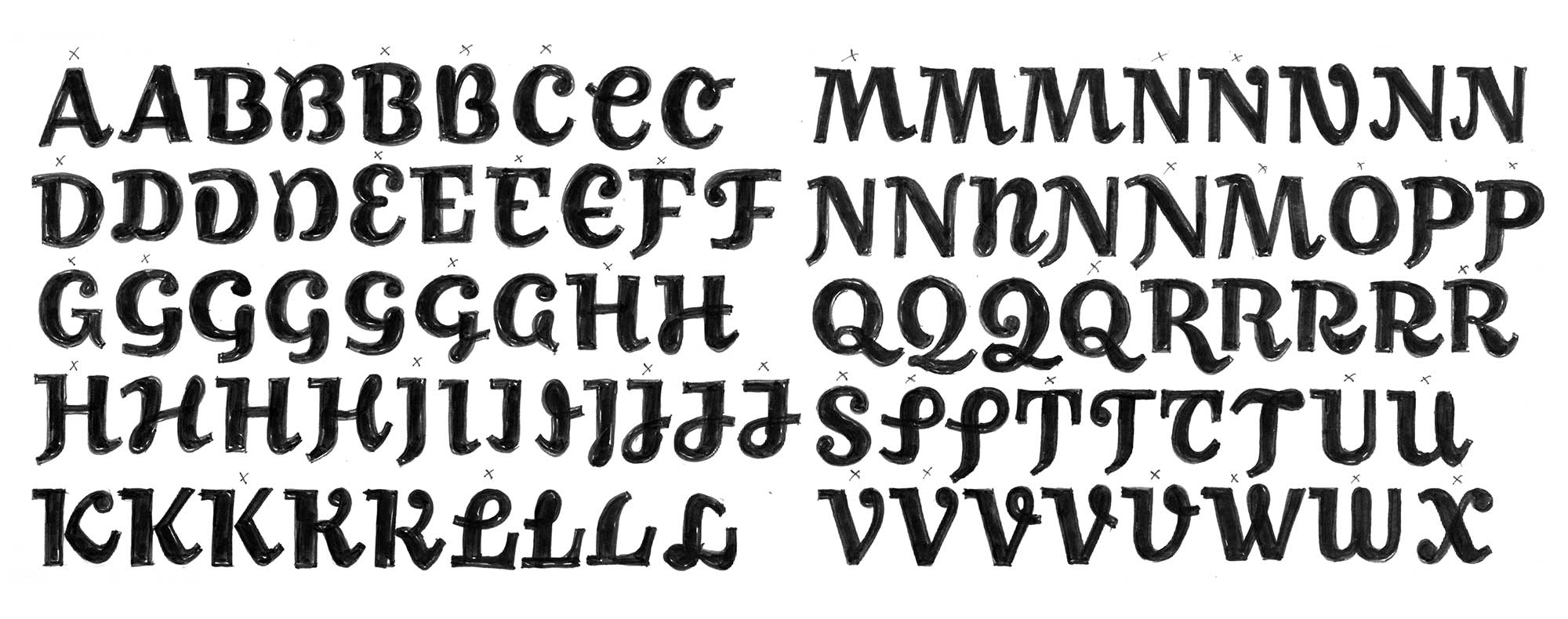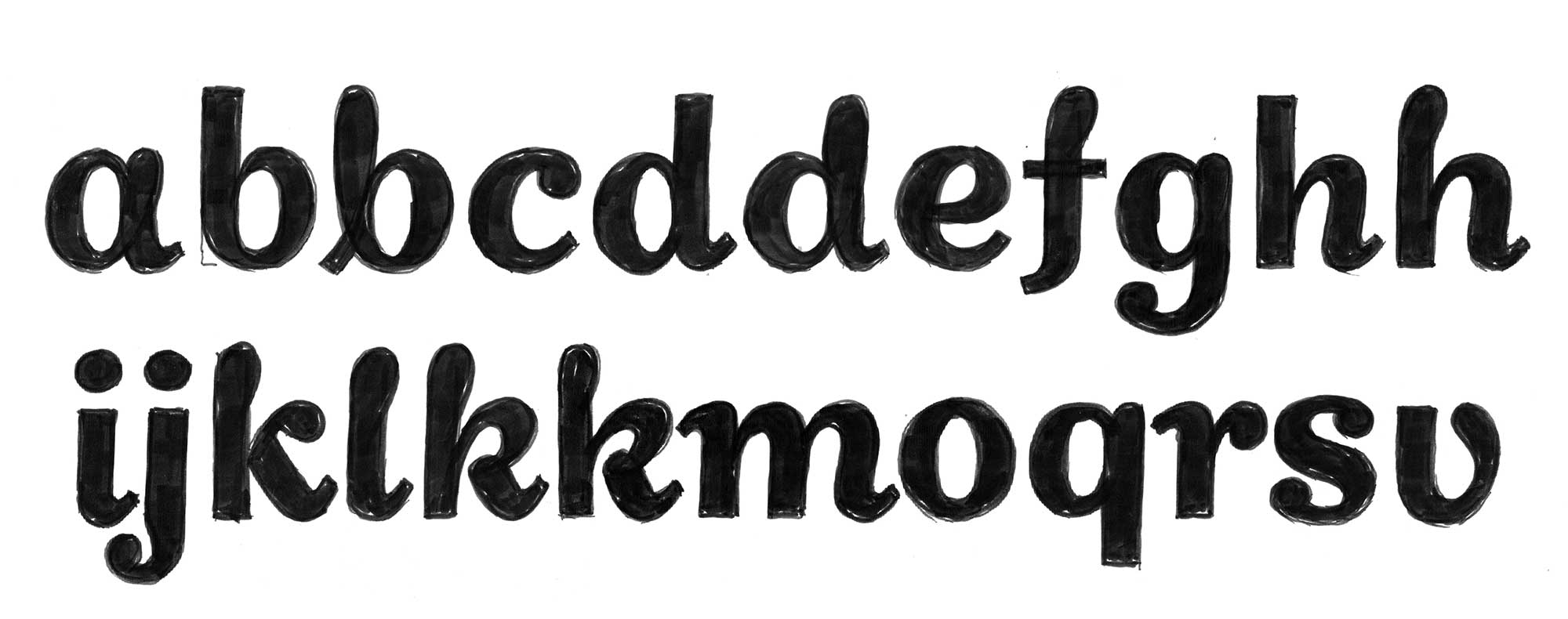Die Umwelt beinhaltet alle lebenden und nicht lebenden Dinge, die in der Natur vorkommen, also in diesem Fall nicht künstlich erzeugt wurden. Der Begriff wird am häufigsten auf die Erde oder einige Teile unseres Planeten angewendet. Diese Umwelt umfasst das Zusammenspiel aller lebenden Arten, des Klimas, des Wetters und der natürlichen Ressourcen, die das menschliche Überleben und die wirtschaftliche Tätigkeit beeinflussen. Das Konzept der natürlichen Umwelt kann in Komponenten aufgeteilt werden: 1) Vollständige ökologische Einheiten, die als natürliche Systeme ohne massive zivilisatorische Eingriffe des Menschen funktionieren, einschließlich aller Vegetation, Mikroorganismen, Böden, Gesteine, der Atmosphäre und der natürlichen Phänomene, die innerhalb ihrer Grenzen auftreten und ihrer Natur entsprechen. 2) Universelle natürliche Ressourcen und physikalische Phänomene, die keine klaren Grenzen haben, wie z. B. Luft, Wasser und Klima, sowie Energie, Strahlung, elektrische Ladung und Magnetismus, die nicht durch zivilisierte menschliche Handlungen entstehen. Im Gegensatz zur natürlichen Umwelt steht die bebaute Umwelt. In solchen Bereichen, in denen der Mensch die Landschaft grundlegend verändert hat, wie z. B. in Städten und bei der Umwandlung landwirtschaftlicher Flächen, wird die natürliche Umwelt stark in eine vereinfachte menschliche Umwelt umgewandelt. Selbst Handlungen, die weniger extrem erscheinen, wie der Bau einer Lehmhütte oder einer Photovoltaikanlage in der Wüste, machen aus der veränderten Umwelt eine künstliche. Obwohl viele Tiere Dinge bauen, um sich eine bessere Umgebung zu schaffen, sind sie nicht menschlich, daher werden Biberdämme und die Werke der hügelbauenden Termiten als natürlich angesehen. Die Umwelt beinhaltet alle lebenden und nicht lebenden Dinge, die in der Natur vorkommen, also in diesem Fall nicht künstlich erzeugt wurden. Der Begriff wird am häufigsten auf die Erde oder einige Teile unseres Planeten angewendet. Diese Umwelt umfasst das Zusammenspiel aller lebenden Arten, des Klimas, des Wetters und der natürlichen Ressourcen, die das menschliche Überleben und die wirtschaftliche Tätigkeit beeinflussen. Das Konzept der natürlichen Umwelt kann in Komponenten aufgeteilt werden: 1) Vollständige ökologische Einheiten, die als natürliche Systeme ohne massive zivilisatorische Eingriffe des Menschen funktionieren, einschließlich aller Vegetation, Mikroorganismen, Böden, Gesteine, der Atmosphäre und der natürlichen Phänomene, die innerhalb ihrer Grenzen auftreten und ihrer Natur entsprechen. 2) Universelle natürliche Ressourcen und physikalische Phänomene, die keine klaren Grenzen haben, wie z. B. Luft, Wasser und Klima, sowie Energie, Strahlung, elektrische Ladung und Magnetismus, die nicht durch zivilisierte menschliche Handlungen entstehen. Im Gegensatz zur natürlichen Umwelt steht die bebaute Umwelt. In solchen Bereichen, in denen der Mensch die Landschaft grundlegend verändert hat, wie z. B. in Städten und bei der Umwandlung landwirtschaftlicher Flächen, wird die natürliche Umwelt stark in eine vereinfachte menschliche Umwelt umgewandelt. Selbst Handlungen, die weniger extrem erscheinen, wie der Bau einer Lehmhütte oder einer Photovoltaikanlage in der Wüste, machen aus der veränderten Umwelt eine künstliche. Obwohl viele Tiere Dinge bauen, um sich eine bessere Umgebung zu schaffen, sind sie nicht menschlich, daher werden Biberdämme und die Werke der hügelbauenden Termiten als natürlich angesehen.

